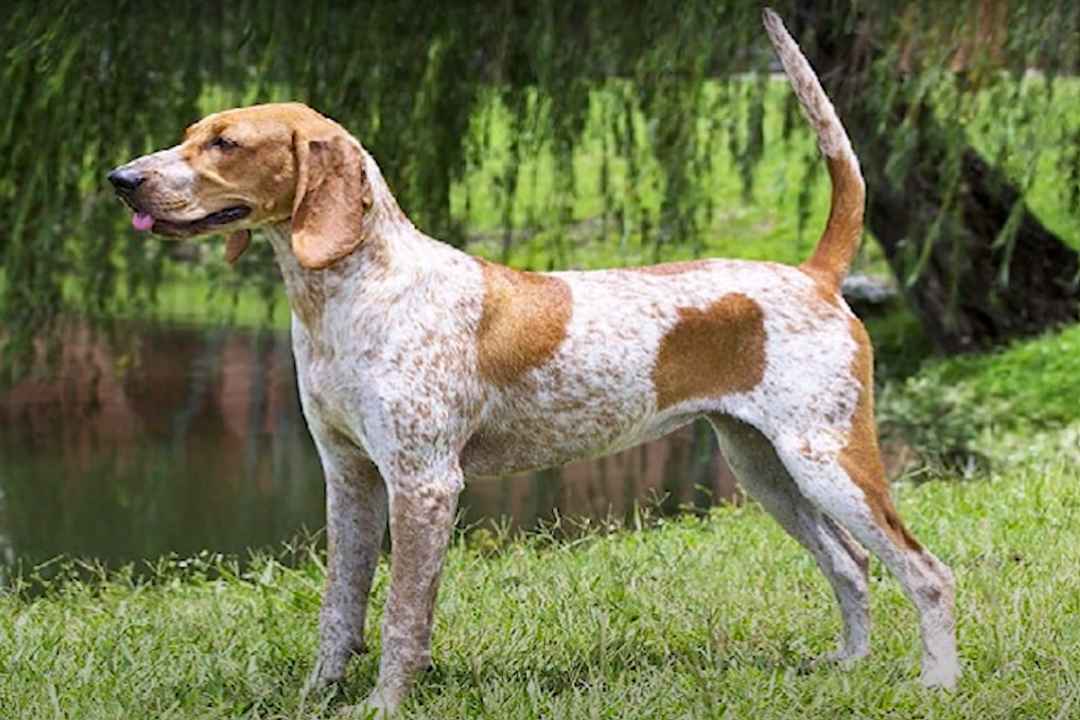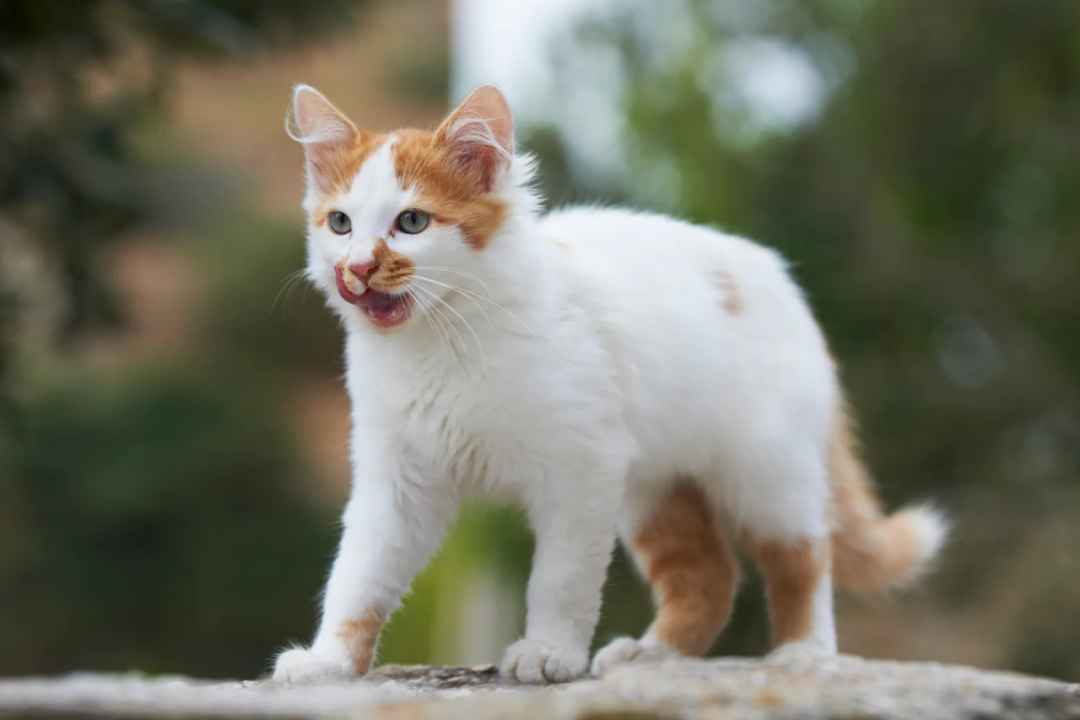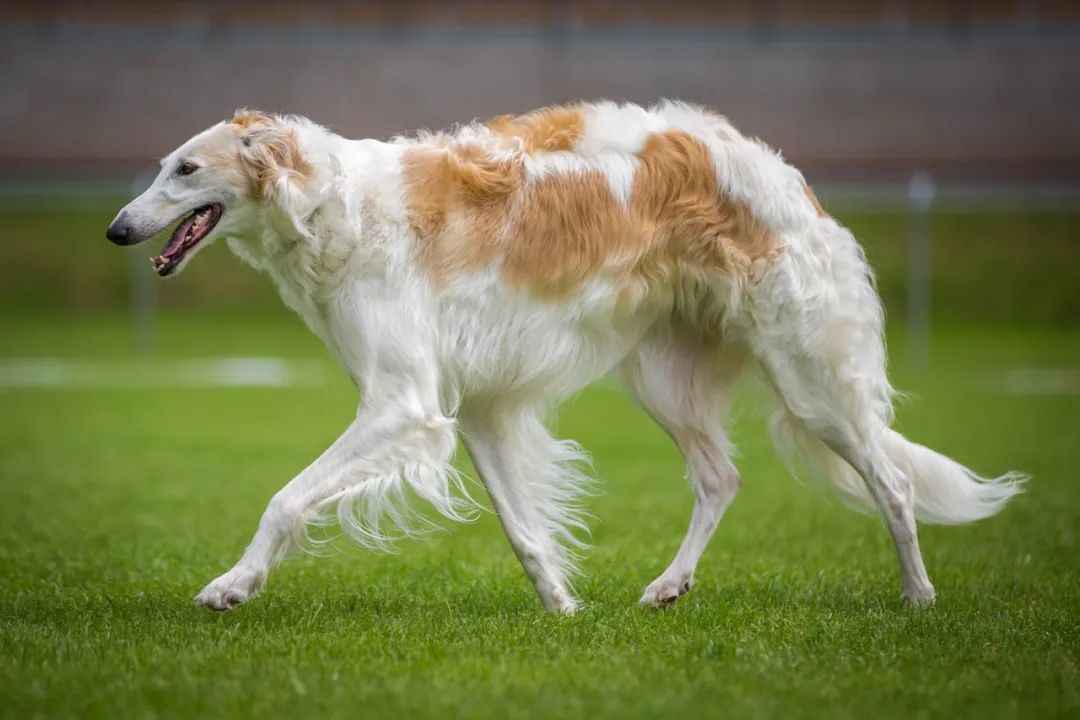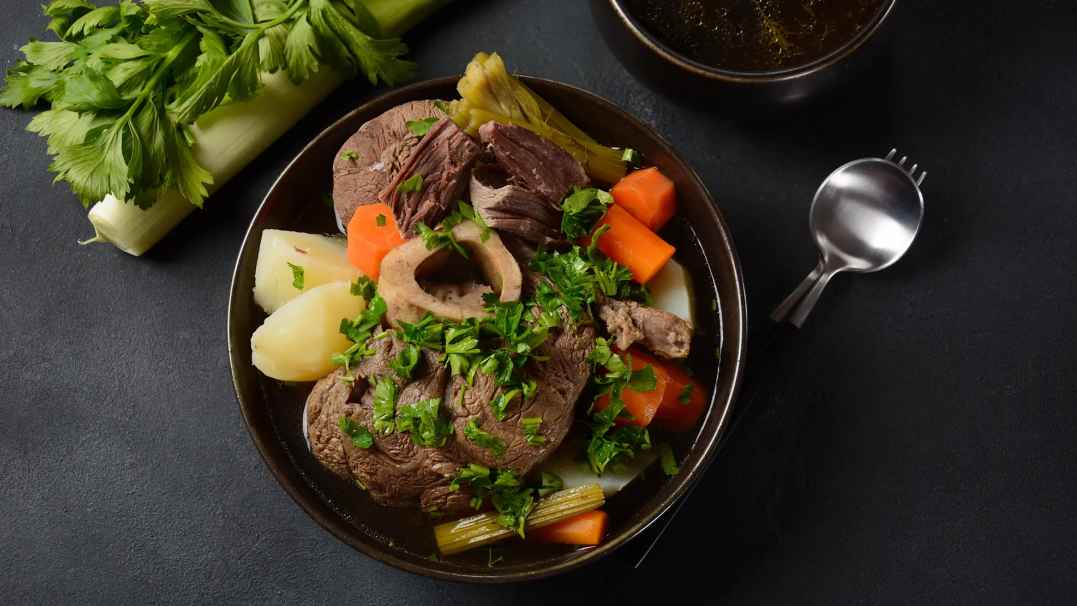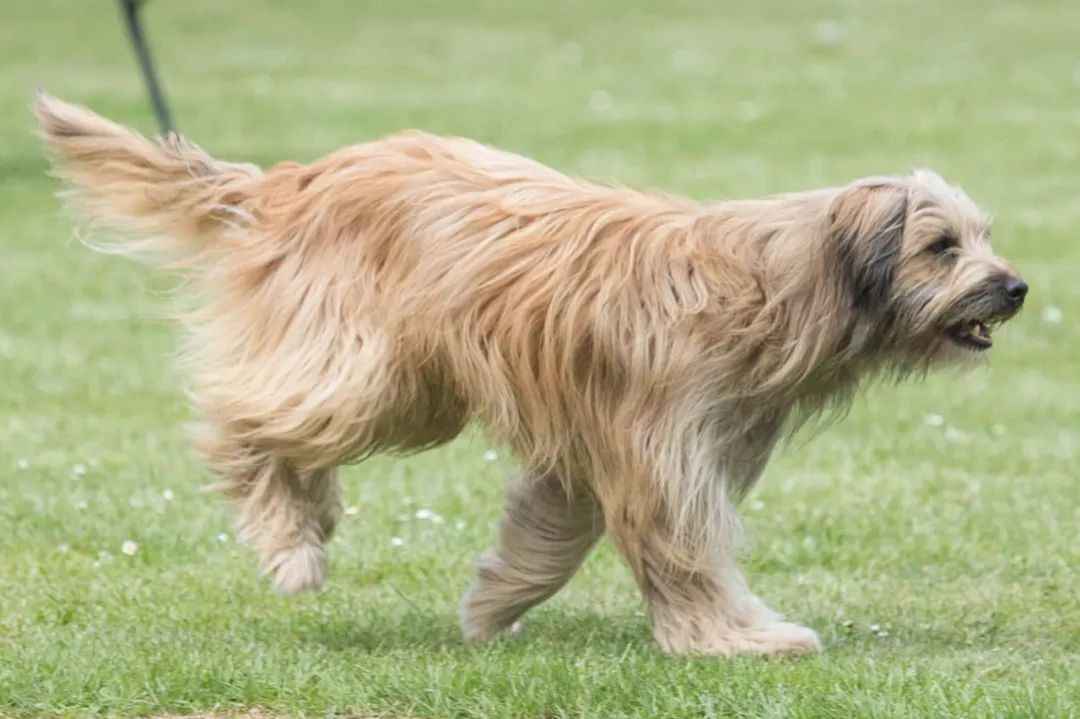As a medium-sized sighthound, the Ibizan Hound stands out with its lean, muscular build and distinctive features. Males typically measure 23.5–27.5 inches tall, while females range from 22.5–26 inches, both weighing between 40–55 pounds39. Its large, upright ears—shaped like bat wings—and almond-shaped amber eyes contribute to its keen senses, enabling it to detect prey through sight, sound, and scent210. The coat, either smooth or wire-haired, comes in white, red, or combinations thereof, offering both durability and minimal grooming needs916.
Known for its dual role as a hunter and companion, the Ibizan Hound combines independence with loyalty. In the field, it demonstrates exceptional agility and speed, capable of leaping up to six feet from a standstill17. At home, it 。However, its high energy levels demand daily exercise, such as long runs or participation in lure coursing, to prevent restlessness26.
Health-wise, the Ibizan Hound is generally robust, with a lifespan of 11–14 years49. Notable concerns include hip dysplasia, congenital deafness (more common in white-coated individuals), and sensitivity to barbiturate anesthesia47. Recent studies highlight its genetic resistance to leishmaniasis, a parasitic disease prevalent in Mediterranean regions, making it a subject of interest in veterinary research12.
Despite its ancient lineage, the Ibizan Hound remains relatively rare, with global populations estimated in the thousands2122. It gained AKC recognition in 1979 and has since participated in international dog shows, where its grace and athleticism continue to impress89. Whether as a working dog or a family pet, the Ibizan Hound embodies a perfect blend of historical significance and modern adaptability, securing its place as a true icon among sighthounds.


